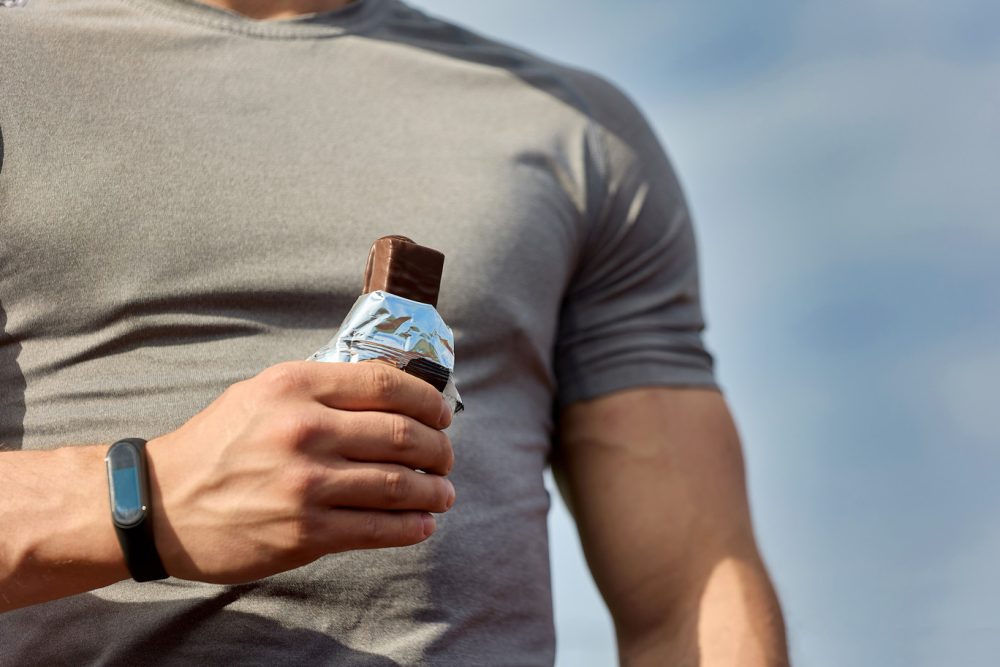Advertisment
Activity ‘snacks’ following meals may help maintain muscle mass

Interrupting prolonged sitting with periodic activity “snacks” may help maintain muscle mass and quality, according to a new study by researchers at the University of Toronto.
Daniel Moore, an associate professor of muscle physiology at the Faculty of Kinesiology & Physical Eduction (KPE) who led the study, found that short bouts of activity, such as two minutes of walking or body weight sit-to-stand squats, allow the body to use more amino acids from meals to build muscle proteins.
The research was recently published in the Journal of Applied Physiology.
“We know that prolonged sedentary periods impair the body’s ability to filter sugar from the blood following a meal,” says Moore, who heads the Iovate/Muscletech Metabolism & Sports Science Lab at KPE.
“However, breaking up this sedentary period with brief bouts of activity such as two minutes of moderate intensity walking or rising and lowering 15 times from a chair (i.e. body weight squats), can improve the way our body clears sugar from our meals.”
In this instance, the researchers wanted to understand whether breaking up prolonged periods of sitting, a common occurrence in many workplace settings, would increase the ability of our muscles to use the building blocks of protein, called amino acids, from food to help them repair or replace old or damaged proteins.
“This is critical to ensure the body has an adequate quantity and quality of muscle,” says Moore, who co-authored the study with KPE’s Eric Williamson, a recent PhD graduate, Nathan Hodson, a post-doctoral researcher, Stephanie Estafanos, PhD student, Michael Mazzulla, PhD graduate, Jenna Gillen, an assistant professor of exercise physiology, and Dinesh Kumbhare, a scientist at the Toronto Rehabilitation Institute, University Health Network, and an associate professor in the Temerty Faculty of Medicine.
They studied 12 people (seven men, five women) across three trials for seven and a half hours each. Participants were subjected to prolonged sitting interrupted every 30 minutes by short bouts of walking or body weight squatting. The activity helped improve the efficiency of dietary amino acids used for muscle protein synthesis – the process to repair or replace old or damaged proteins.
“This is significant because prolonged periods of low muscle activity – from sitting, wearing a cast or bed rest – is associated with a loss of muscle mass that occurs in parallel with, or because of, an inability of our muscle to build new proteins after we eat a protein-containing meal,” says Moore.
“Our results highlight the importance of breaking up prolonged sedentary periods with brief activity snacks. We believe they also highlight that moving after we eat can make our nutrition better and could allow more dietary amino acids from smaller meals or lower quality types of protein to be used more efficiently.”
The study was supported by the Natural Sciences and Engineering Research Council of Canada and the American College of Sports Medicine, among others.





